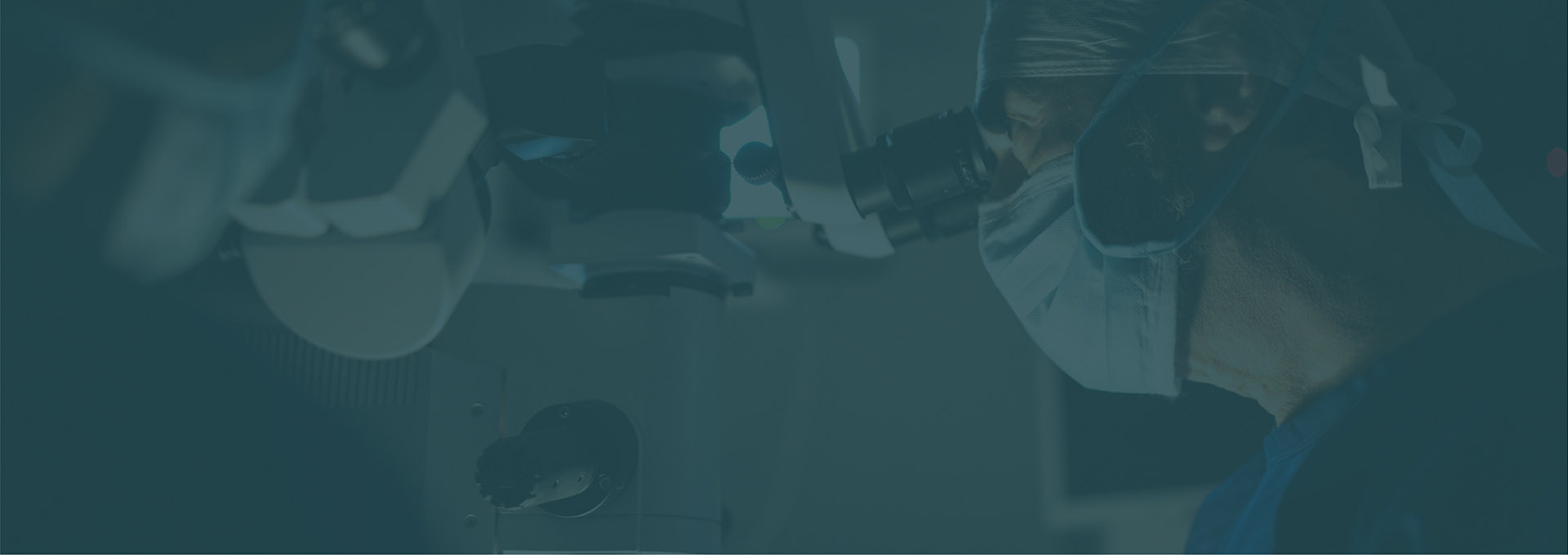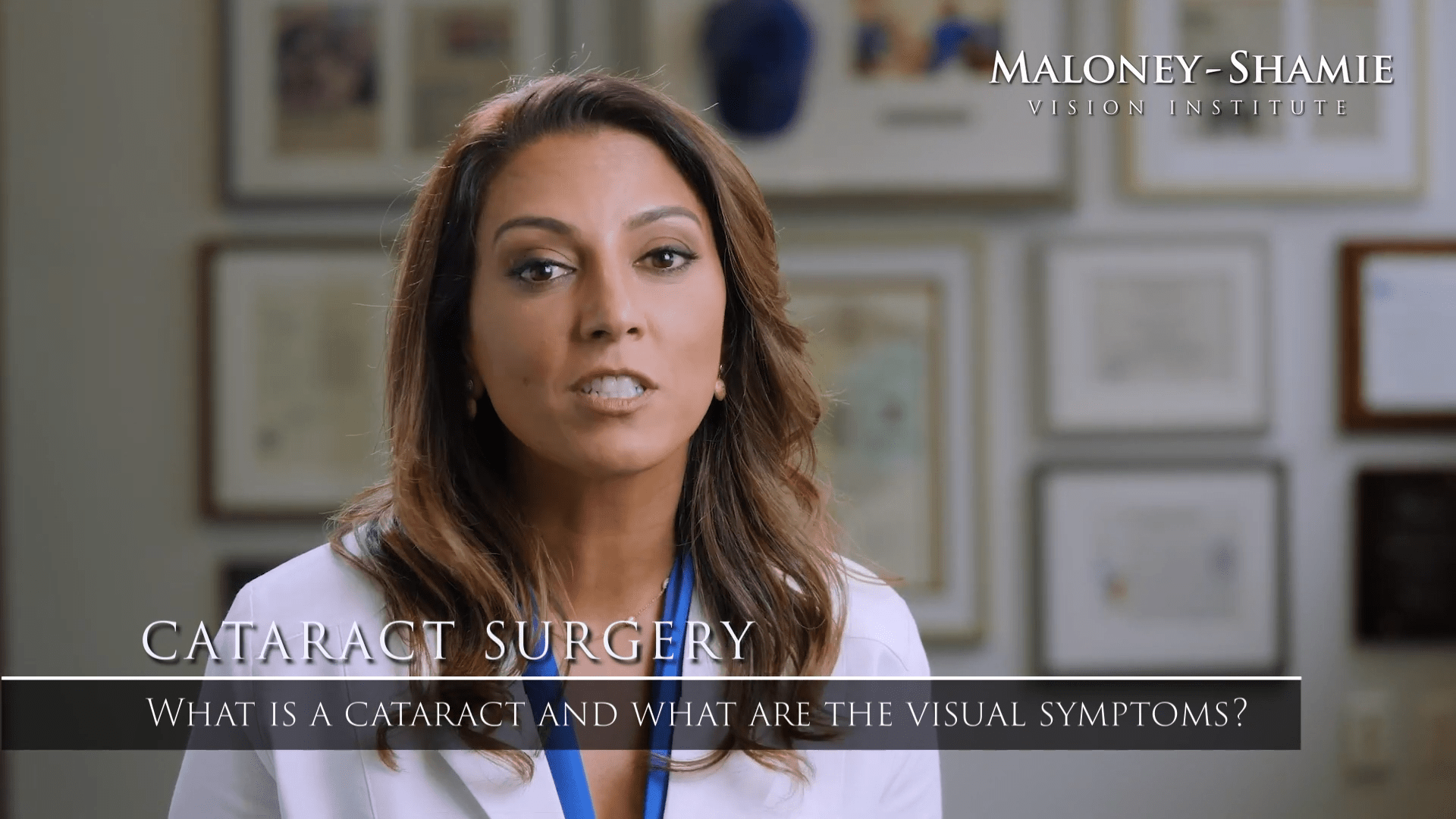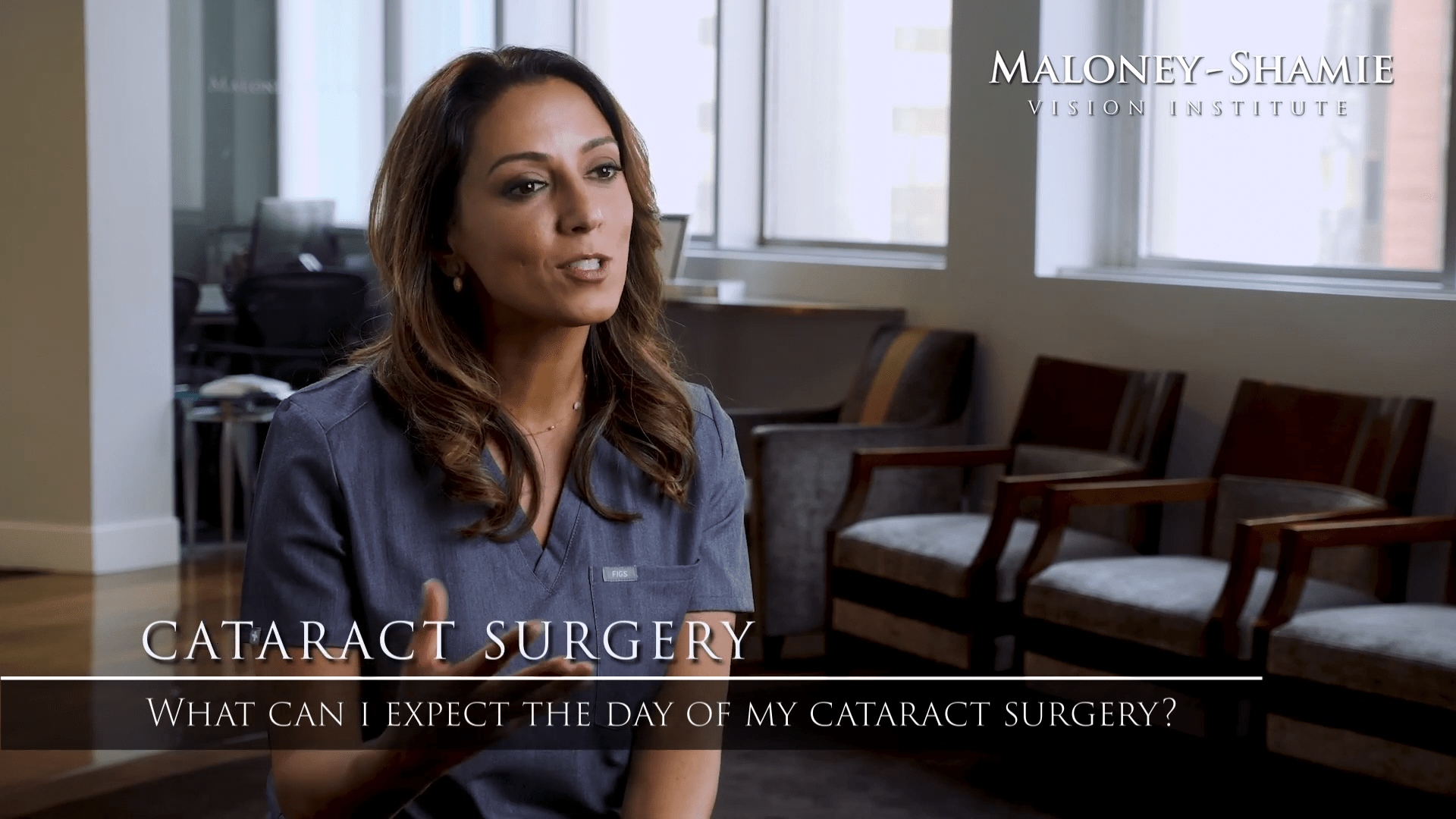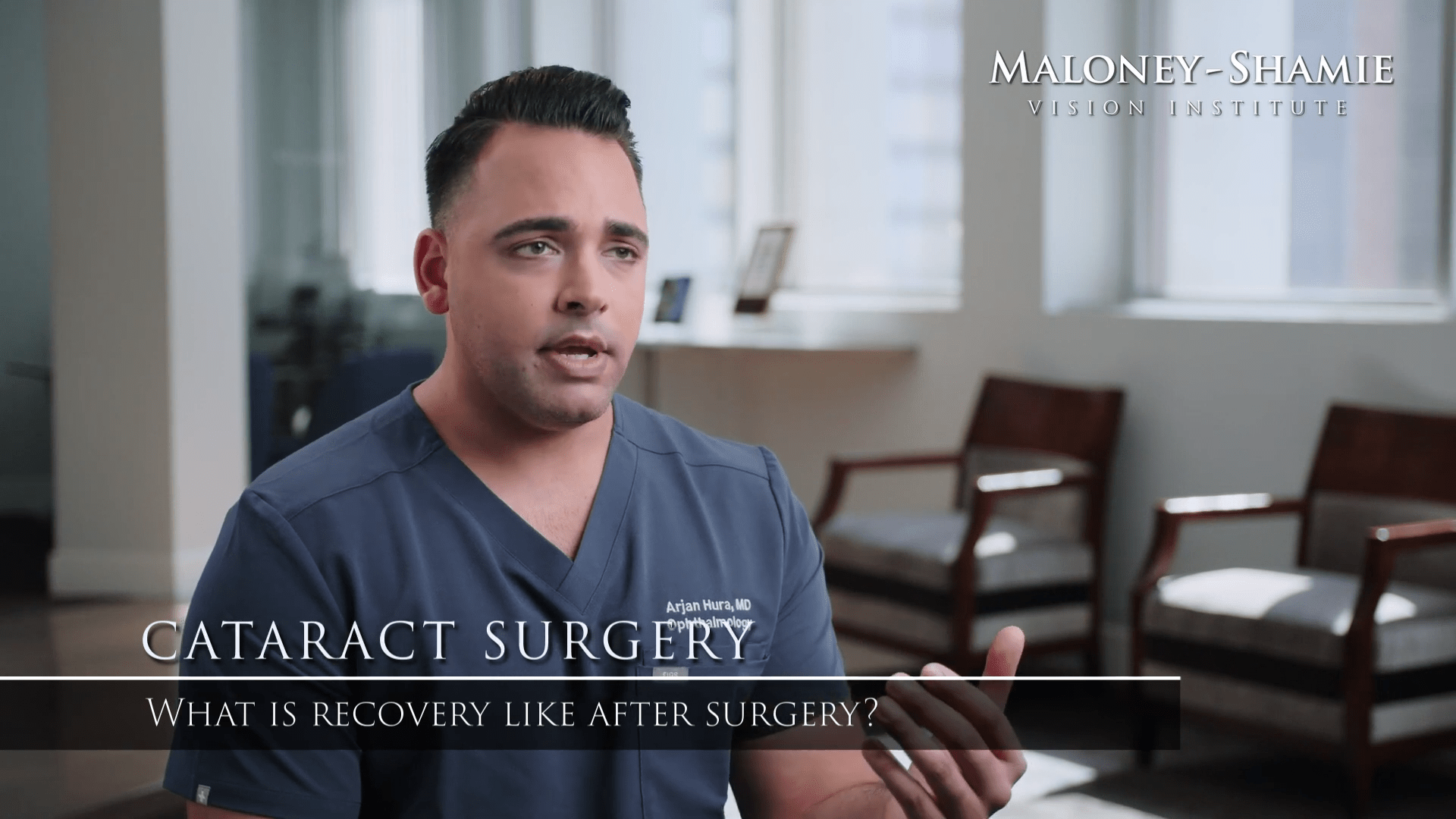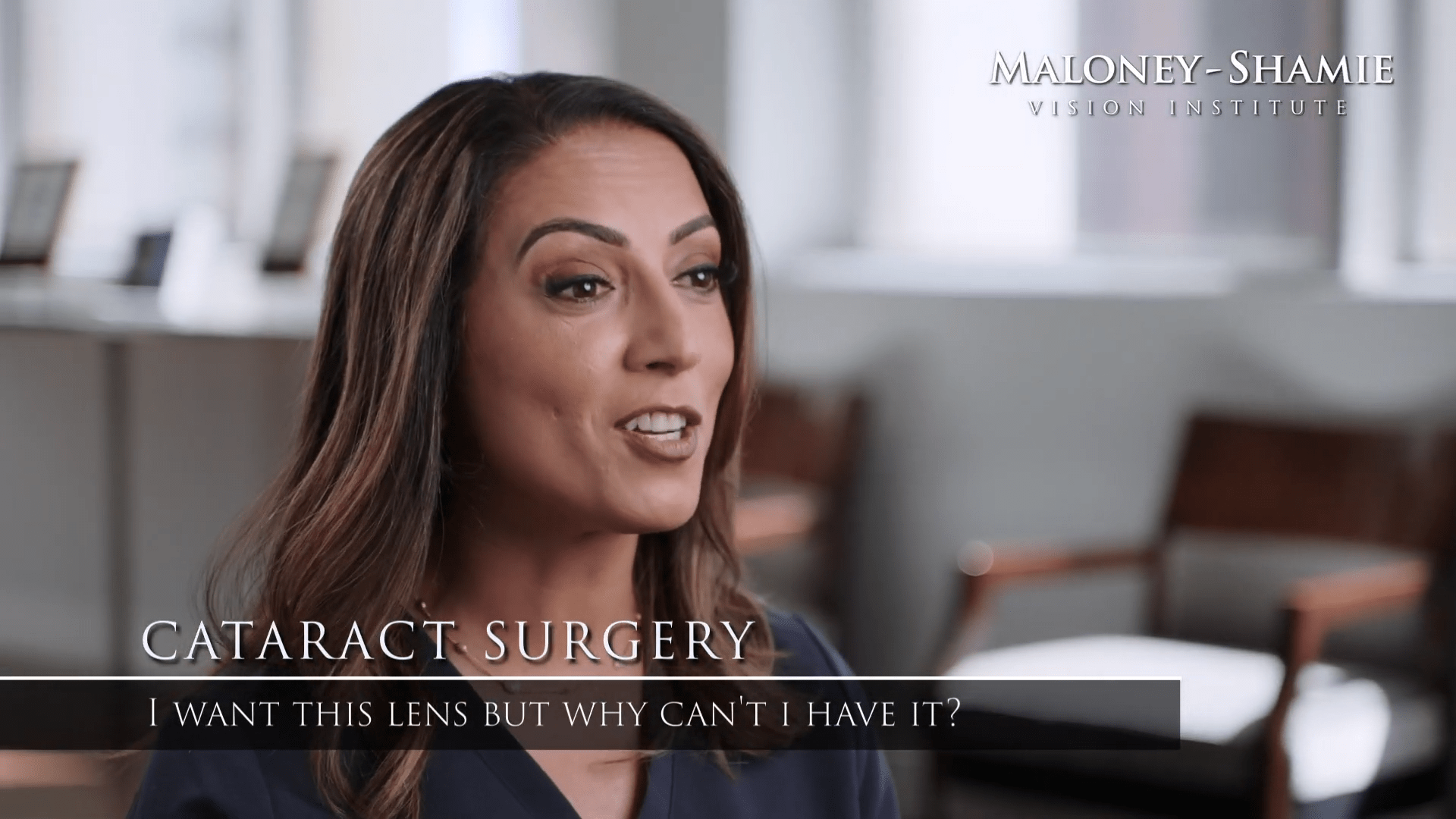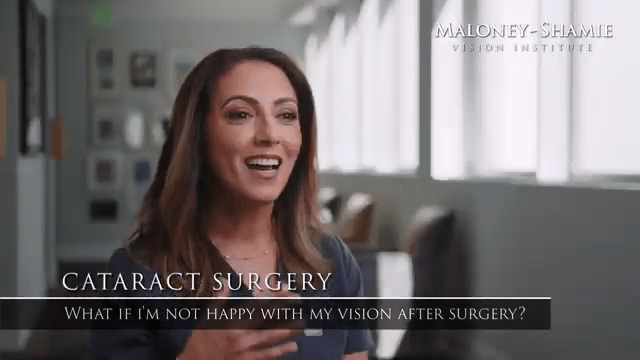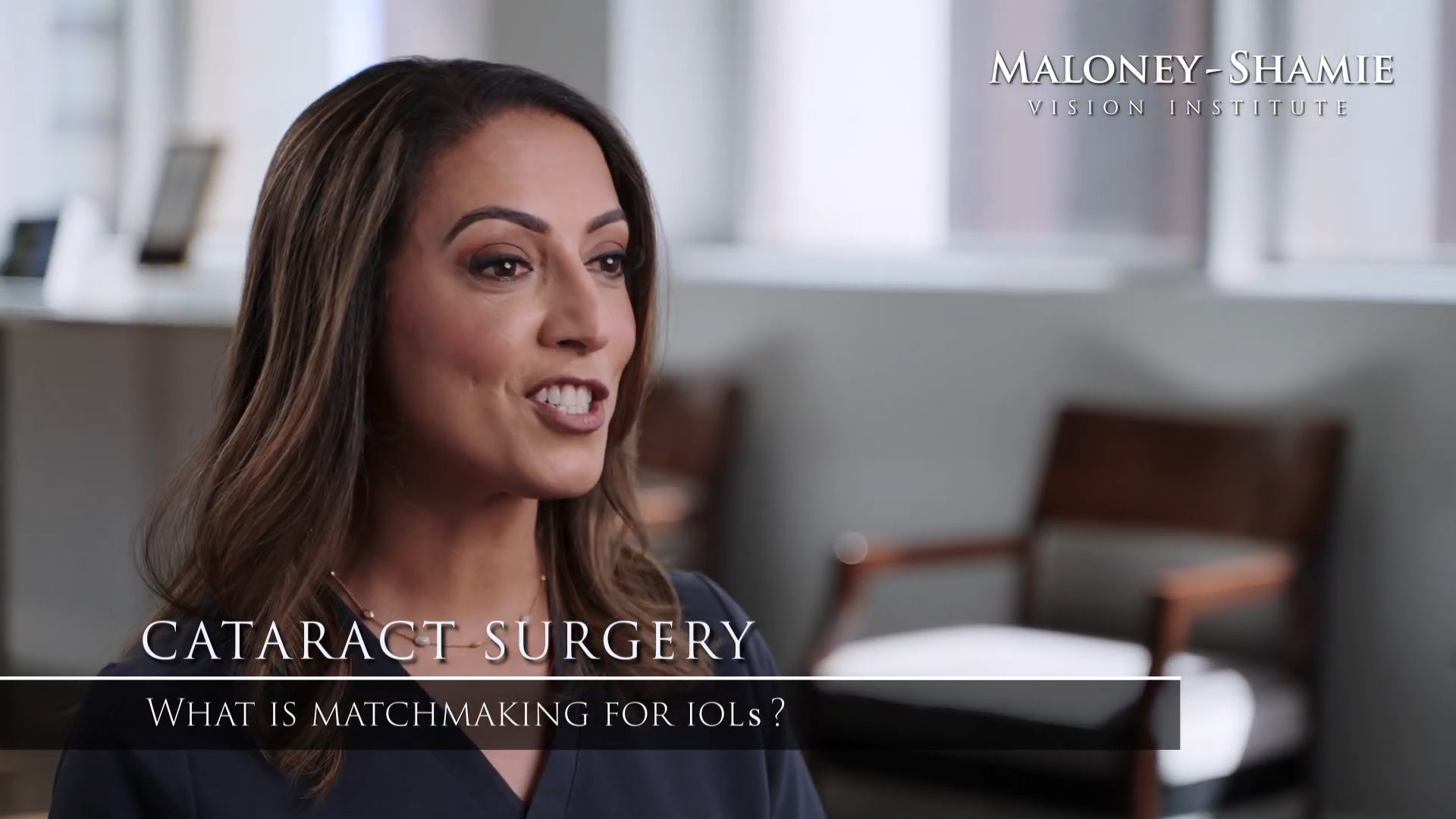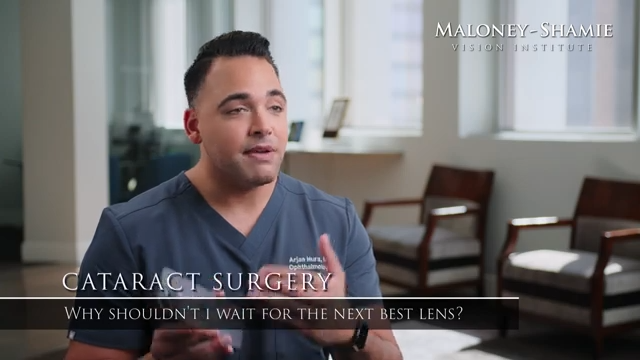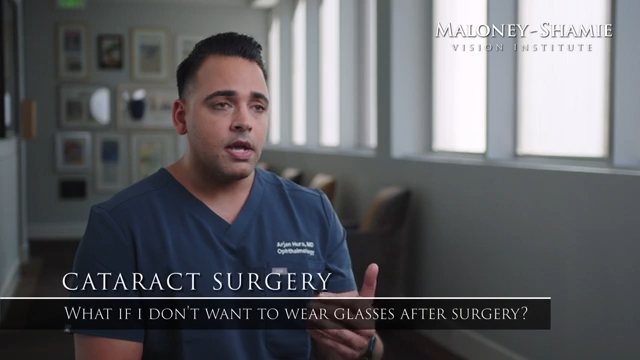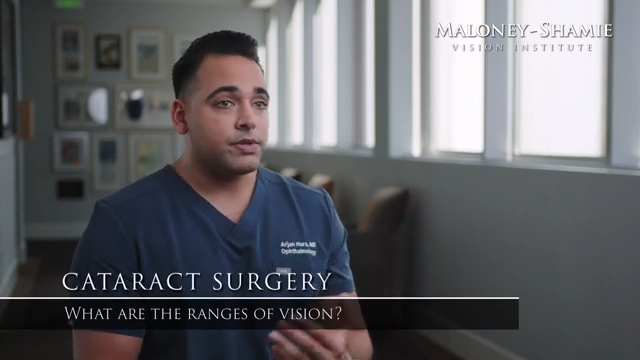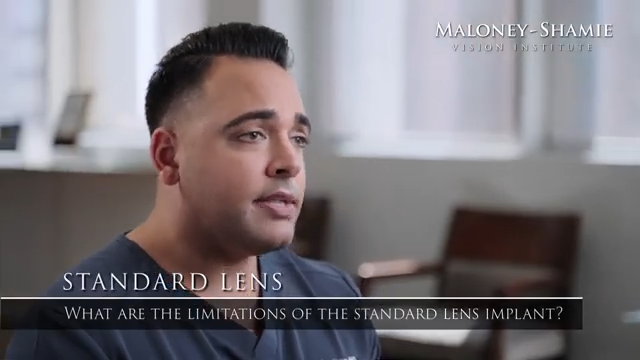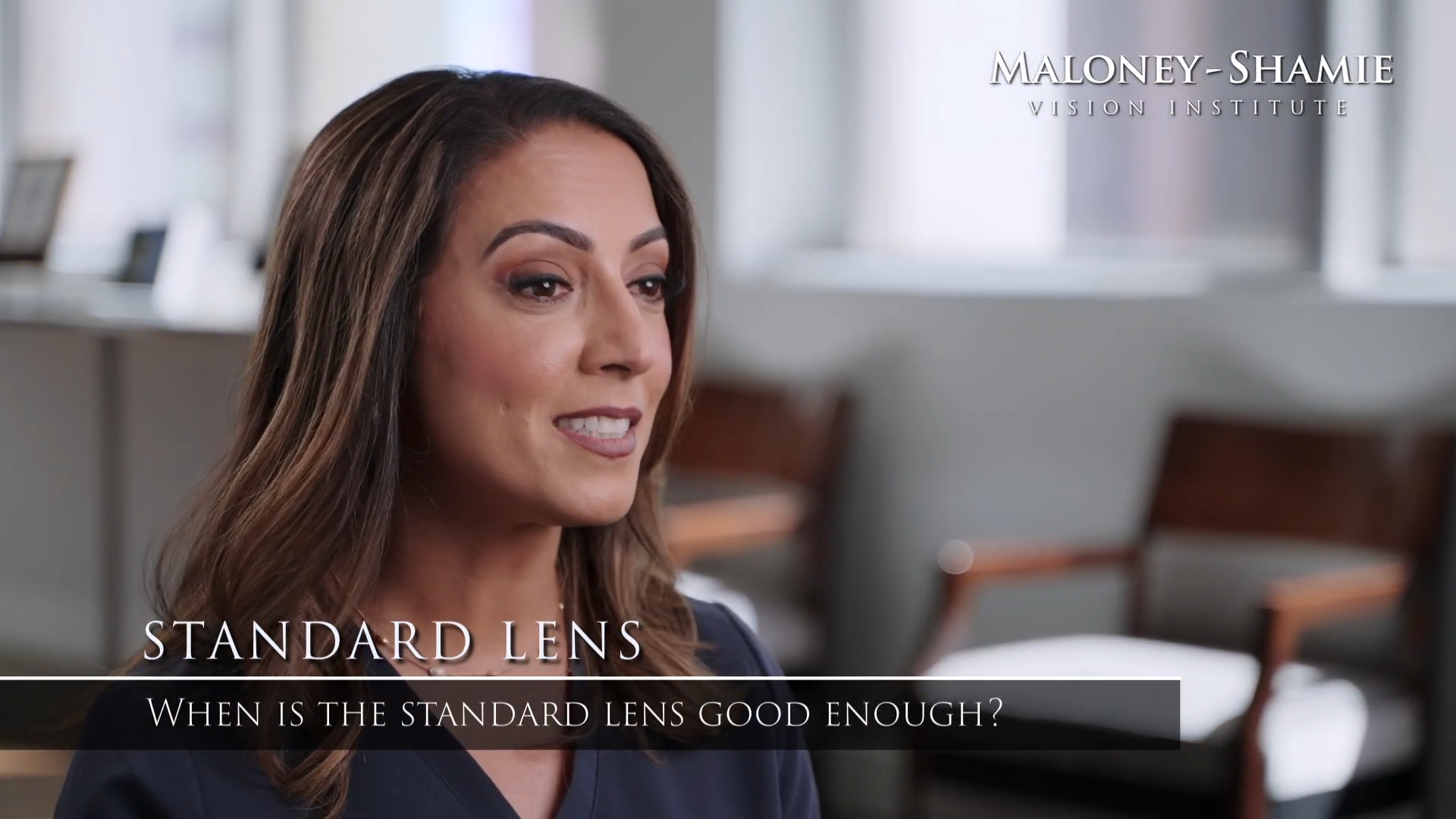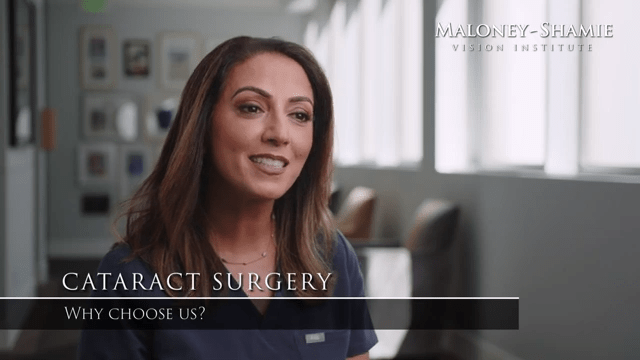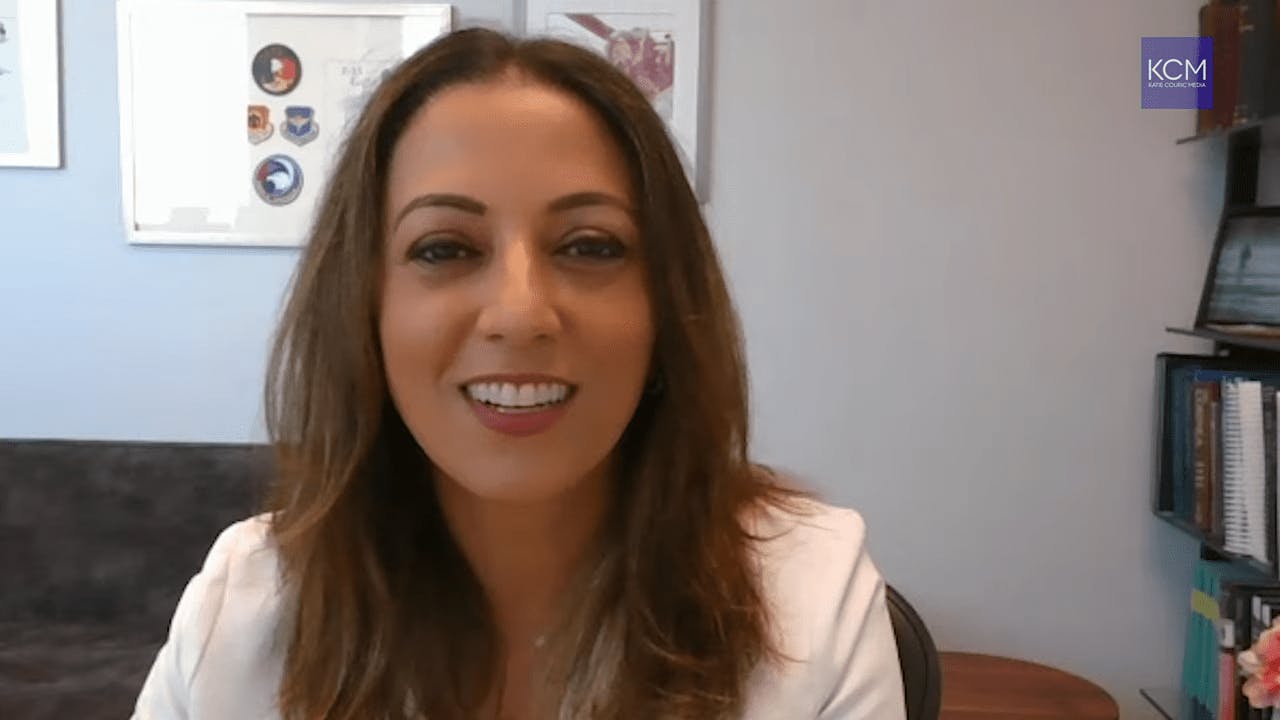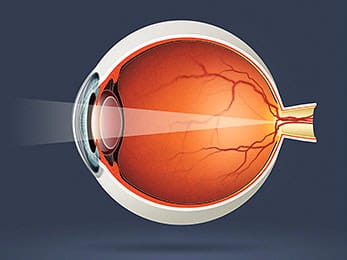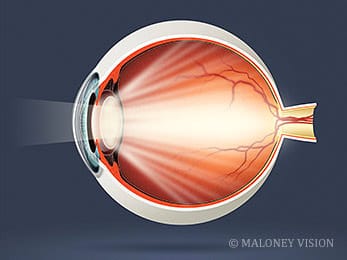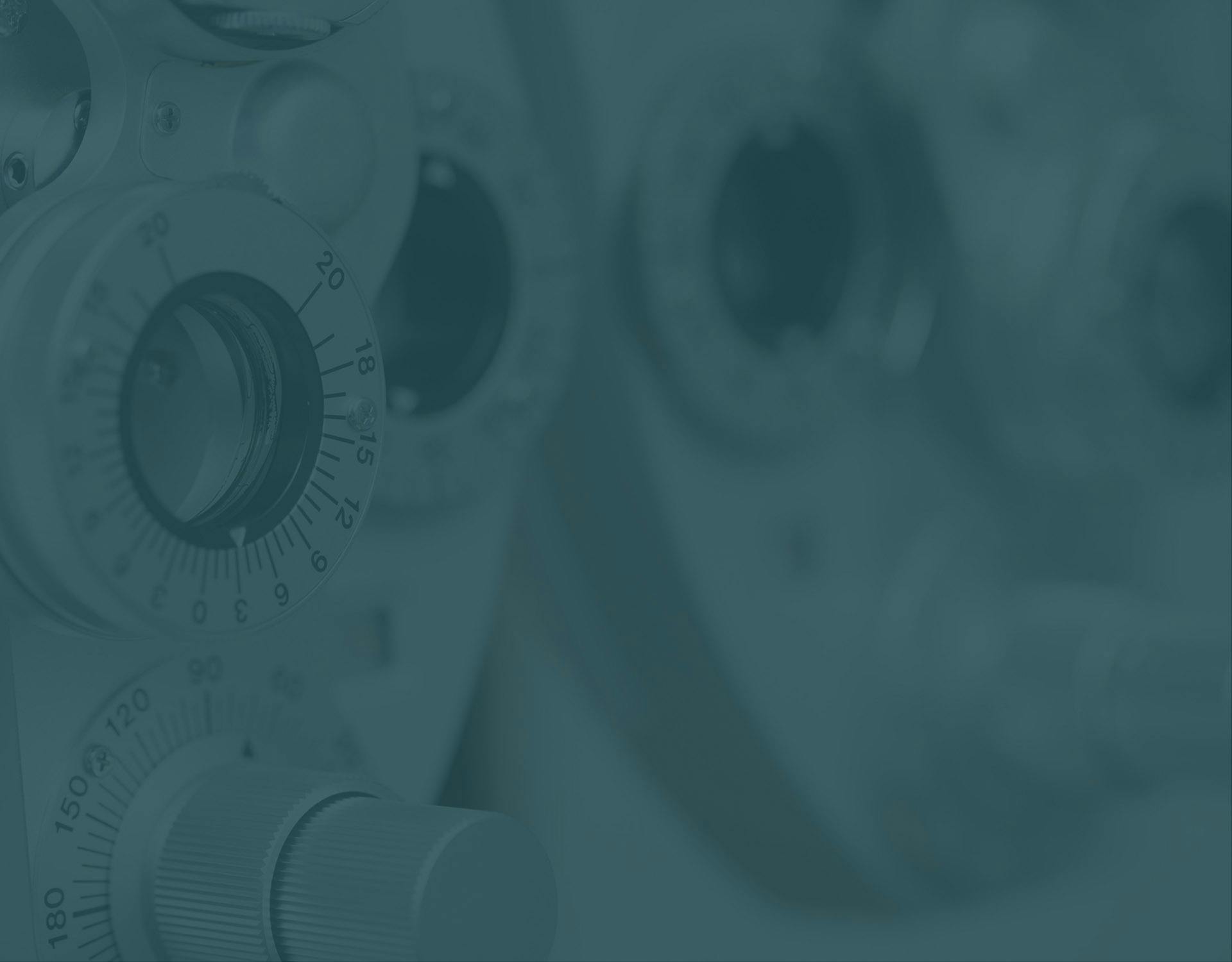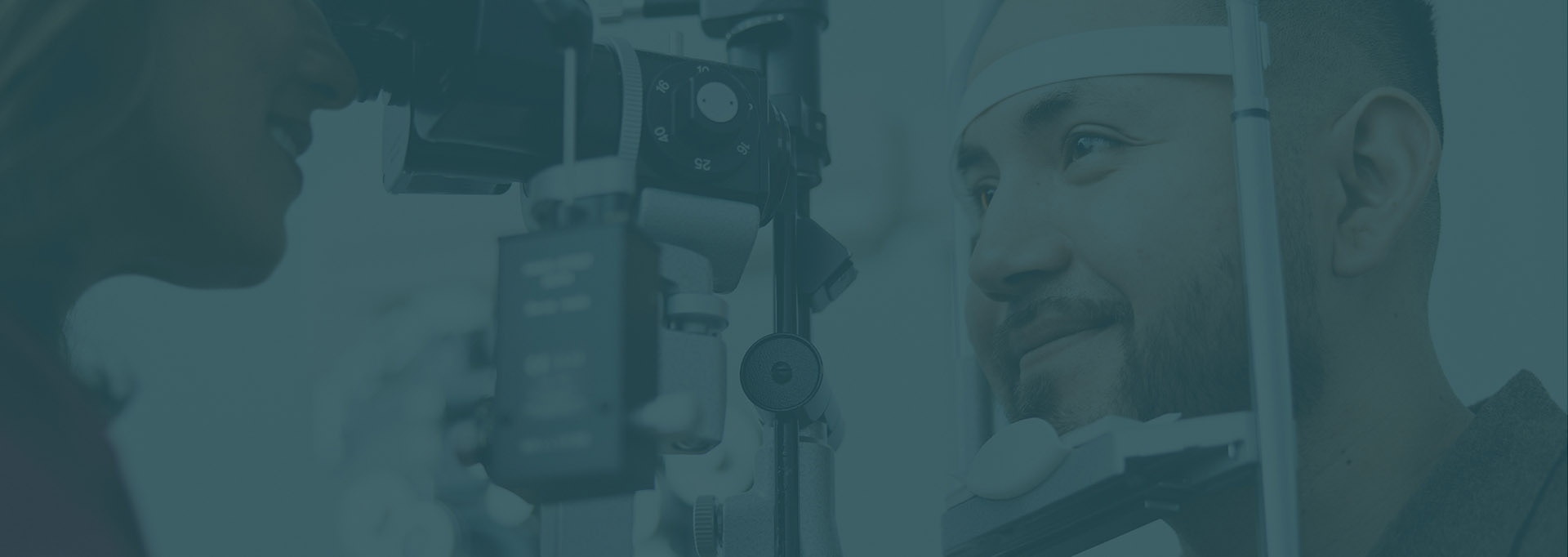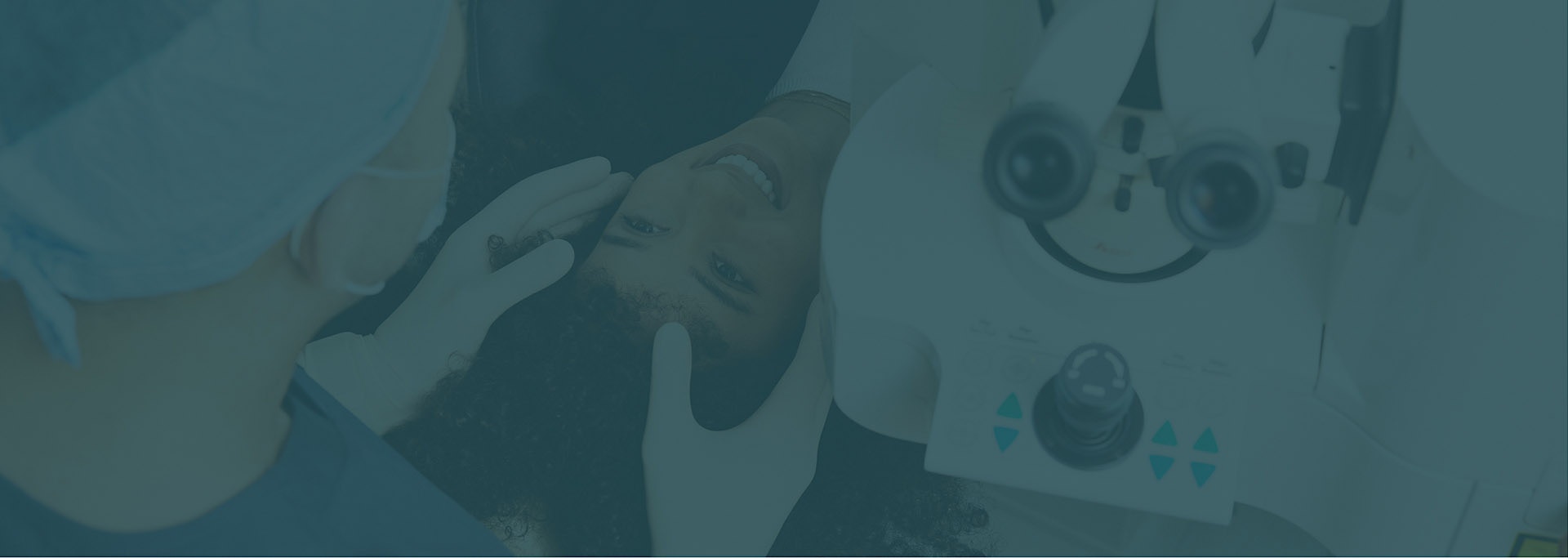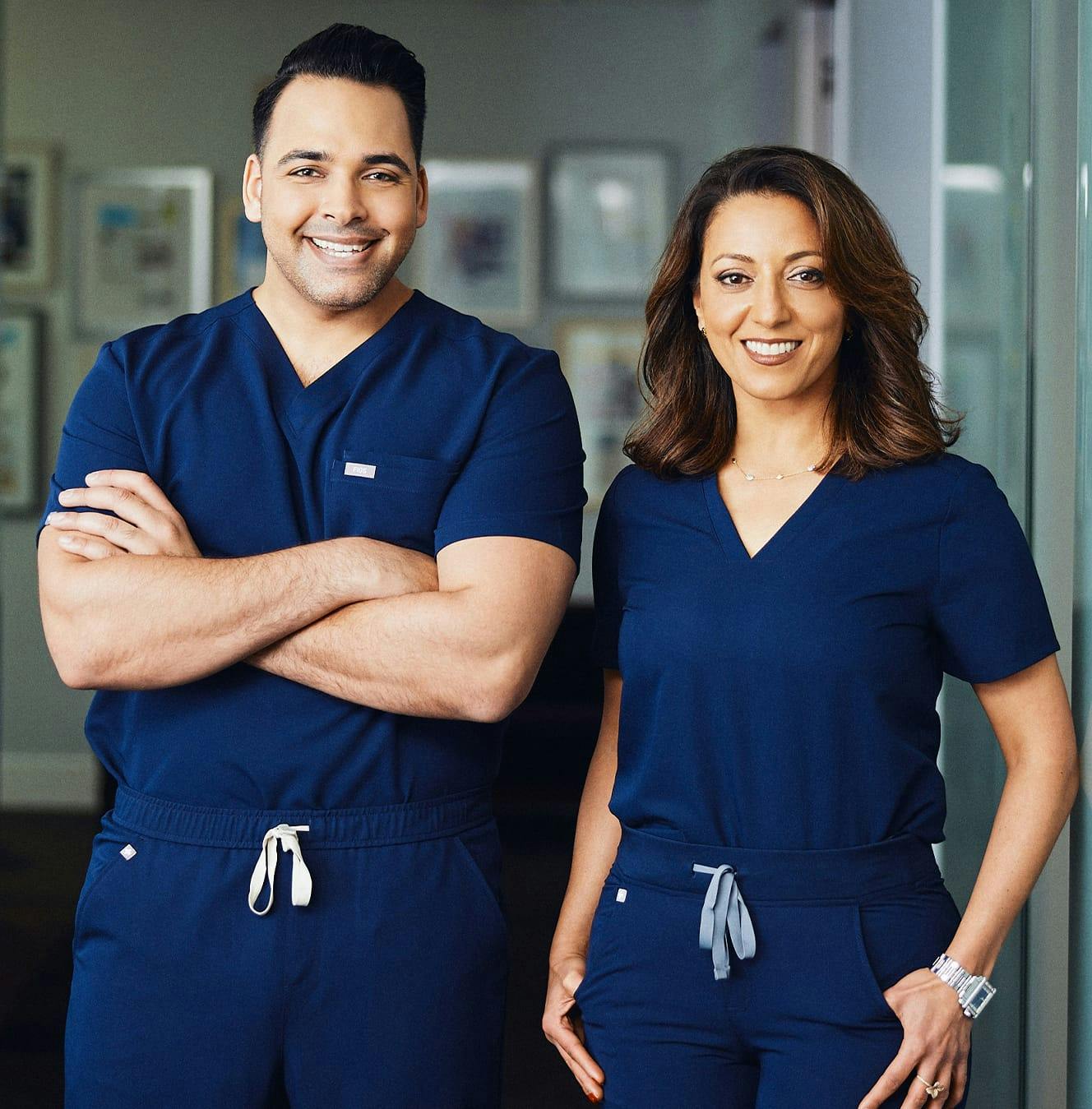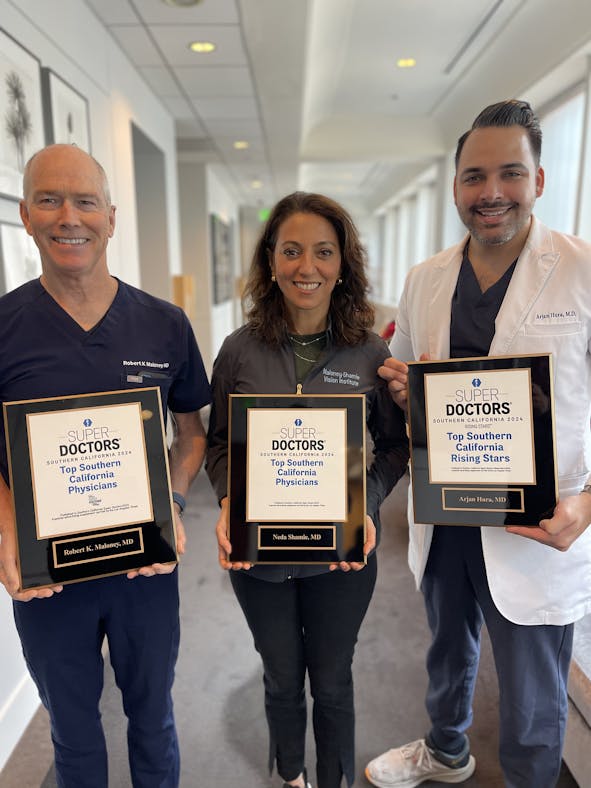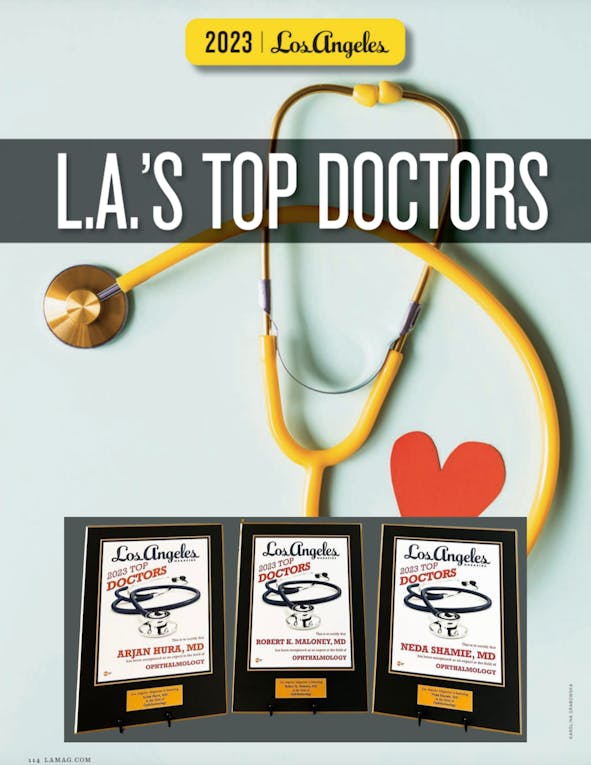Clear Vision, Restored With Cataract Surgery
One of the few guarantees in life is that, if we live long enough, we will get cataracts. Just like gray hair, cataracts are a natural part of aging, the bittersweet by-product of too many birthdays. But having cataracts does not mean resigning yourself to poor vision. Quite the contrary, cataract surgery can eliminate the annoyance of filmy, hazy vision and glare. At Maloney-Shamie Vision Institute we go further. We see cataract surgery as an opportunity to give you great vision without glasses, safely, through the use of advanced lenses and precise laser technologies. We aim to turn back the clock to restore the clear vision of your youth.
If you are considering Cataract Removal Surgery to correct your vision, don’t you owe it to yourself to find the best cataract surgeons Los Angeles & Beverly Hills have to offer? Top Cataract surgeons, Dr. Neda Shamie & Dr. Arjan Hura, have been performing cataract removal surgeries since they began their specialized ophthalmology careers. As leading researchers in the field, they are able to offer you a wide range of state-of-the-art cataract surgery options, including solutions that are tomorrow’s standards rather than yesterday’s. Because of their experience and surgical expertise, you can be sure that your cataract treatment plan at Maloney-Shamie Vision Institute will be specifically designed for you - your eyes, your lifestyle, your needs.


